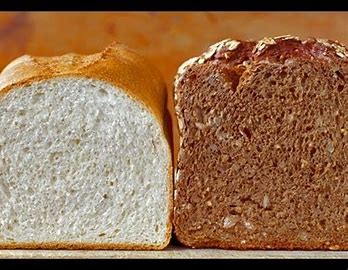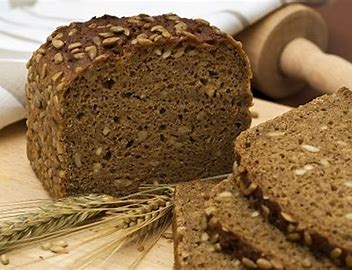It’s easy to get into the habit of picking up the familiar
white loaf for your daily toast and sandwiches. Maybe it’s the bread you’ve
always eaten, or the one your children prefer in their lunchbox.

All types of bread are a good source of carbohydrates, are
low in fat, and many are also fortified with added vitamins and minerals. But
making a small swap from white to wholemeal or wholegrain bread can deliver a
host of added health benefits. Here’s why:
- White
bread is made from wheat that has had the germ and bran removed, which reduces
B vitamins, vitamin E and minerals such as iron, zinc, magnesium and phosphorus
- Removing
the germ and bran also reduces the fibre, which is bad news for our health.
According to Australia’s CSIRO, 83 percent of us aren’t getting enough fibre in
our diets, and as a result we are more likely to have gut problems such as
heartburn, pain and discomfort, bloating and irregular bowel habits. Fibre
helps us feel fuller for longer, keeps blood sugar levels stable, and is a
source of fuel for our gut bacteria
- Because
both wholemeal and wholegrain bread are made from the entire grain, they also
naturally contain more protein, unsaturated fat, vitamins and minerals – the
ones that are removed in the making of white flour. Wholegrain bread also
contains added grains and seeds, which can increase the nutrient and fibre
content

Making the switch from white bread to wholemeal or
wholegrain is a simple way of adding more fibre and nutrients to your daily
diet. Just make sure to compare brands when you’re shopping. Look for
‘wholegrain’ in the list of ingredients, and choose the bread with the highest
wholegrain content.